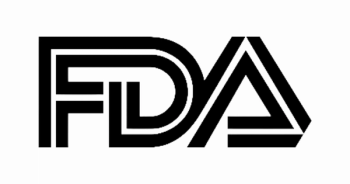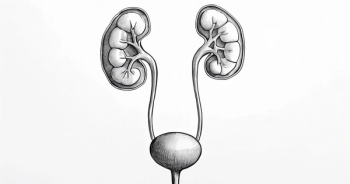
Well-Tolerated TLX101 Shows Efficacy in Recurrent Glioma
Key Takeaways
- TLX101 demonstrated a median OS of 12.4 months in recurrent glioblastoma, outperforming EBRT alone.
- The agent targets L-type amino acid transporter 1, delivering radiation to tumor cells while minimizing healthy tissue exposure.
Preliminary results from the phase 2 IPAX-Linz study show encouraging efficacy and a favorable safety profile for TLX101 in recurrent high-grade glioma.
Treatment with TLX101 (131I-iodofalan) was well tolerated and showed encouraging efficacy data when used for the treatment of patients with recurrent high-grade glioma, including glioblastoma, according to preliminary results from the phase 2 IPAX-Linz study.1
The median overall survival (OS) in the IPAX-Linz trial was 12.4 months from the initiation of treatment with TLX101, and the median OS from initial diagnosis was 32.2 months. Notably, these data compare favorably to the reported median survival of 9.9 months from treatment with external beam radiation therapy (EBRT) alone in patients with recurrent glioblastoma.
This finding was also consistent with positive efficacy data observed in the IPAX-1 study (NCT03849105) where the agent was used for the treatment of patients at first recurrence, with only 1 previous resection and treatment with standard chemoradiotherapy. In IPAX-1, the median OS was 13 months from the initiation of treatment with TLX101 and 23 months from initial diagnosis.2
For safety, treatment with TLX101 was shown to be well tolerated. There were no serious adverse events reported in the study.1
Background and Study Details
TLX101 is a systemically administered targeted radiation therapy designed to target the L-type amino acid transporter 1, which is typically overexpressed in glioblastoma cells.3 By targeting this transporter with a radioactive isotope, TLX101 aims to deliver cytotoxic radiation directly to the tumor cells while minimizing exposure to healthy brain tissue, leveraging its ability to cross the blood-brain barrier.
TLX101 has already been granted orphan drug designation in both the US and Europe for the treatment of glioma.1
IPAX-Linz, a single-arm, investigator-initiated, phase 2 trial, is assessing the safety, tolerability, and preliminary efficacy of TLX101 when given in combination with EBRT to patients at first or second recurrence with high-grade gliomas.
Eight patients with recurrent glioblastoma were enrolled in the study and received adaptive dosing of intravenous TLX101, up to 4 GBq before and up to 2 GBq after sequential second-line EBRT. Of those enrolled, 5 had MGMT-unmethylated tumors.
Patients were required to have histologically confirmed glioblastoma with first or second recurrence following standard radiochemotherapy and positive amino acid uptake on molecular imaging with Telix's
Ongoing and Future Investigations
TLX101 is actively being evaluated in both front-line and recurrent glioblastoma settings. In the phase 1/2 IPAX-2 study, investigators are assessing TLX101 in combination with standard of care in newly diagnosed glioblastoma and utilizing
The company has submitted for ethics approval a registration-enabling study of TLX101 in recurrent glioblastoma, with patient enrollment at Australian sites anticipated to commence in the second half of 2025, followed by international expansion.
Following a successful pre-investigational new drug (IND) meeting with the FDA in the fourth quarter of 2024, the company is on track to submit an IND application in the first half of 2025, aiming to initiate the study at US sites in the latter half of 2025.









































